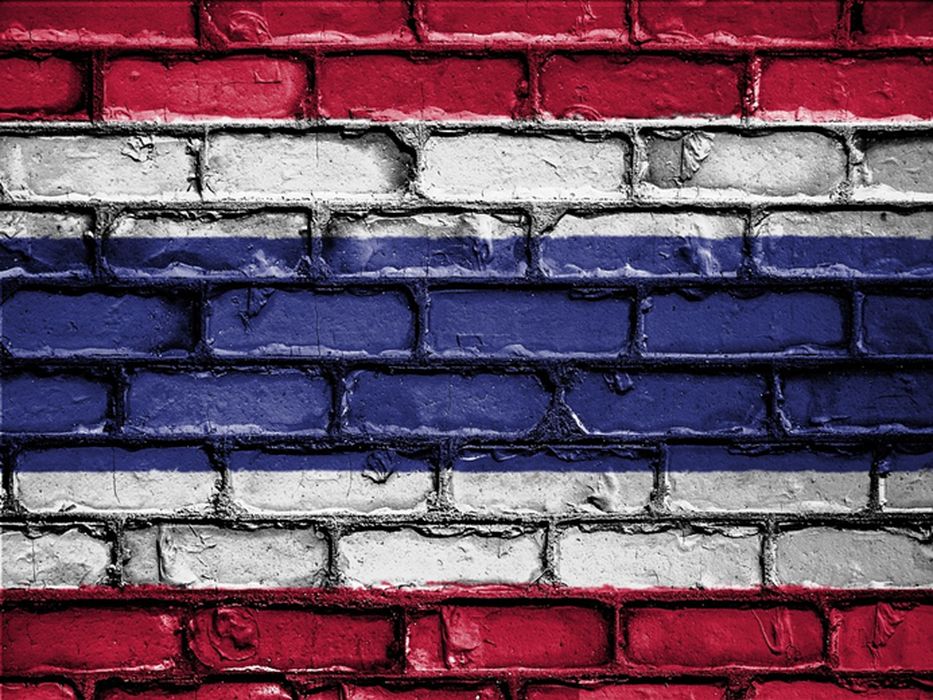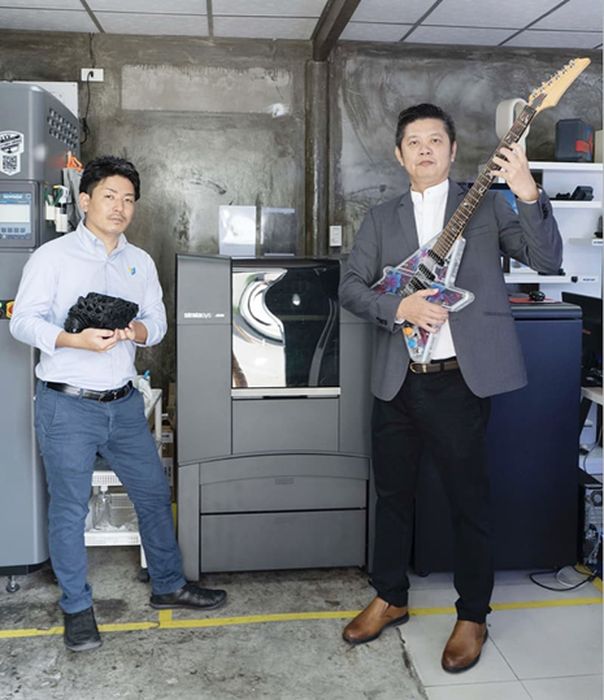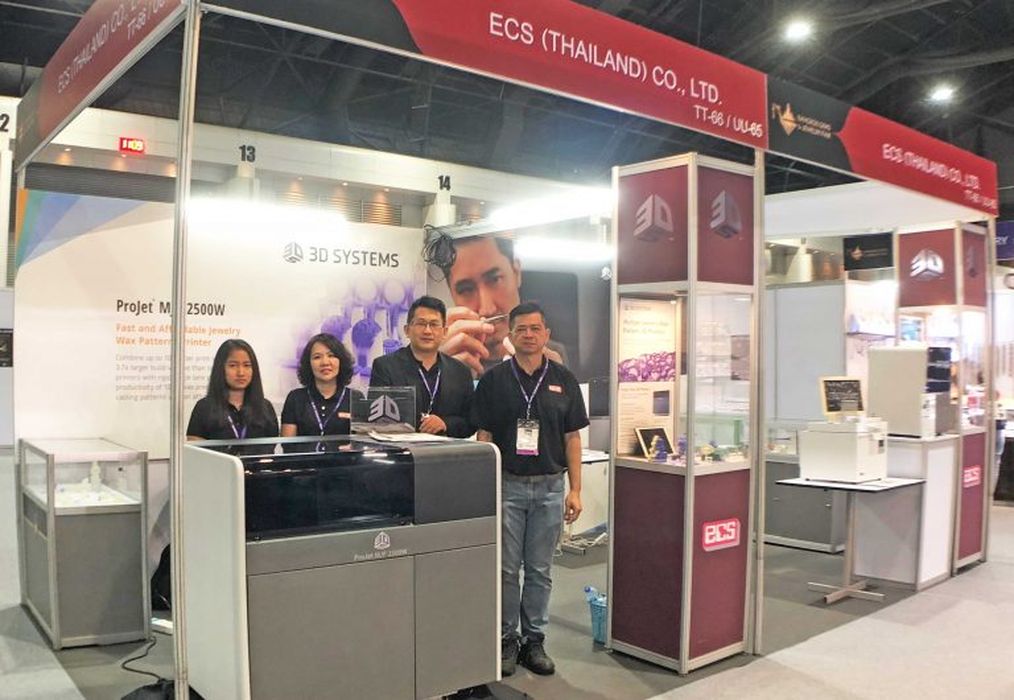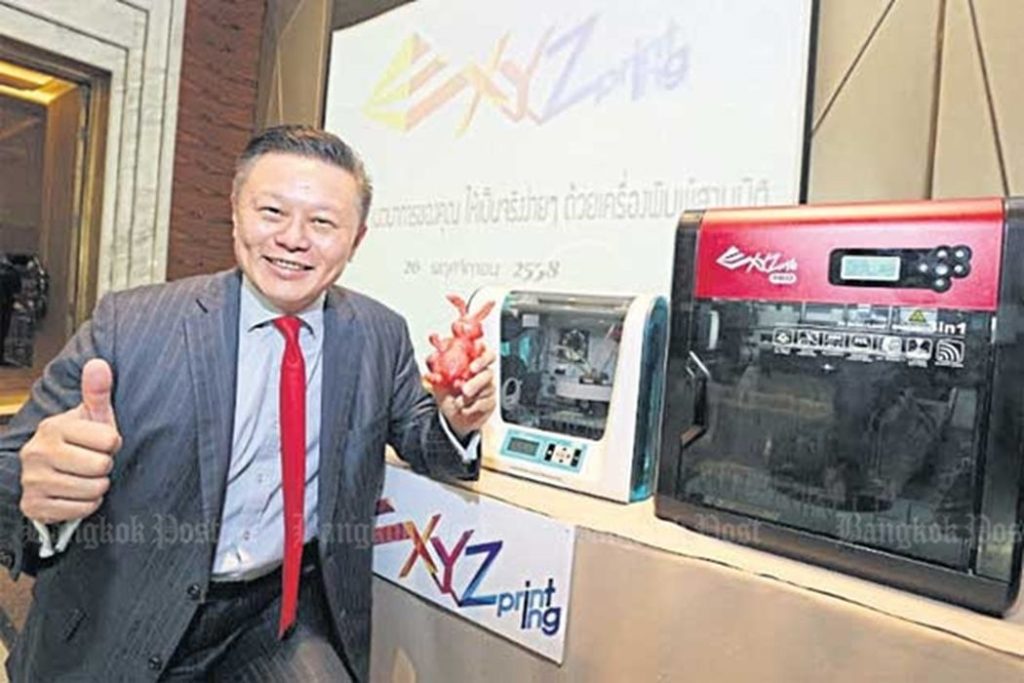
Charles R. Goulding and Preeti Sulibhavi consider the possibility of increased use of 3D printing in Thailand.
Thailand, a country in Southeast Asia, is located at the center of the Indo-Chinese Peninsula. Thailand is mostly known for agriculture and exports of electronics, plastics, rubber, seafood, jewelry, medical devices, and precious metals.

What it might not be as famous for yet is 3D printing. We believe that Thailand could be the next 3D printing hub in Southeast Asia.
We have written about countries in Southeast Asia such as Singapore, Hong Kong and Taiwan in previous articles. There is a lot of 3D printing potential in Thailand.
Amazon is witnessing this firsthand as it is boosting Thailand’s cloud infrastructure with a US$5B investment as of October 2022. The investment includes the construction of data centers and the purchase of goods and services from regional businesses. In addition, the establishment of an infrastructure hub in Bangkok is being designed for security and to serve customers better.

The Bangkok Gems & Jewelry Fair highlights the heritage of Thailand while emphasizing advanced technology like 3D printing. Thailand has recognized this technology and is collaborating and supporting its expansion in the country.

XYZprinting, a Taiwan-based, 3D printing company, is optimistic about opportunities in Thailand. XYZ’s Chairman, Shen, believes that the Thai government’s stimulus measures for investment in innovation clusters should boost the need for 3D printing solutions. He sees success in Thailand.
The Research & Development Tax Credit
The now permanent Research and Development (R&D) Tax Credit is available for companies developing new or improved products, processes and/or software.
3D printing can help boost a company’s R&D Tax Credits. Wages for technical employees creating, testing and revising 3D printed prototypes can be included as a percentage of eligible time spent for the R&D Tax Credit. Similarly, when used as a method of improving a process, time spent integrating 3D printing hardware and software counts as an eligible activity. Lastly, when used for modeling and preproduction, the costs of filaments consumed during the development process may also be recovered.
Whether it is used for creating and testing prototypes or for final production, 3D printing is a great indicator that R&D Credit eligible activities are taking place. Companies implementing this technology at any point should consider taking advantage of R&D Tax Credits.
Conclusion
A country often mystified as exotic and rural, Thailand is defeating those stereotypes and 3D printing is helping. As we have demonstrated, Thailand is becoming another hub of 3D printing innovation in Southeast Asia.
